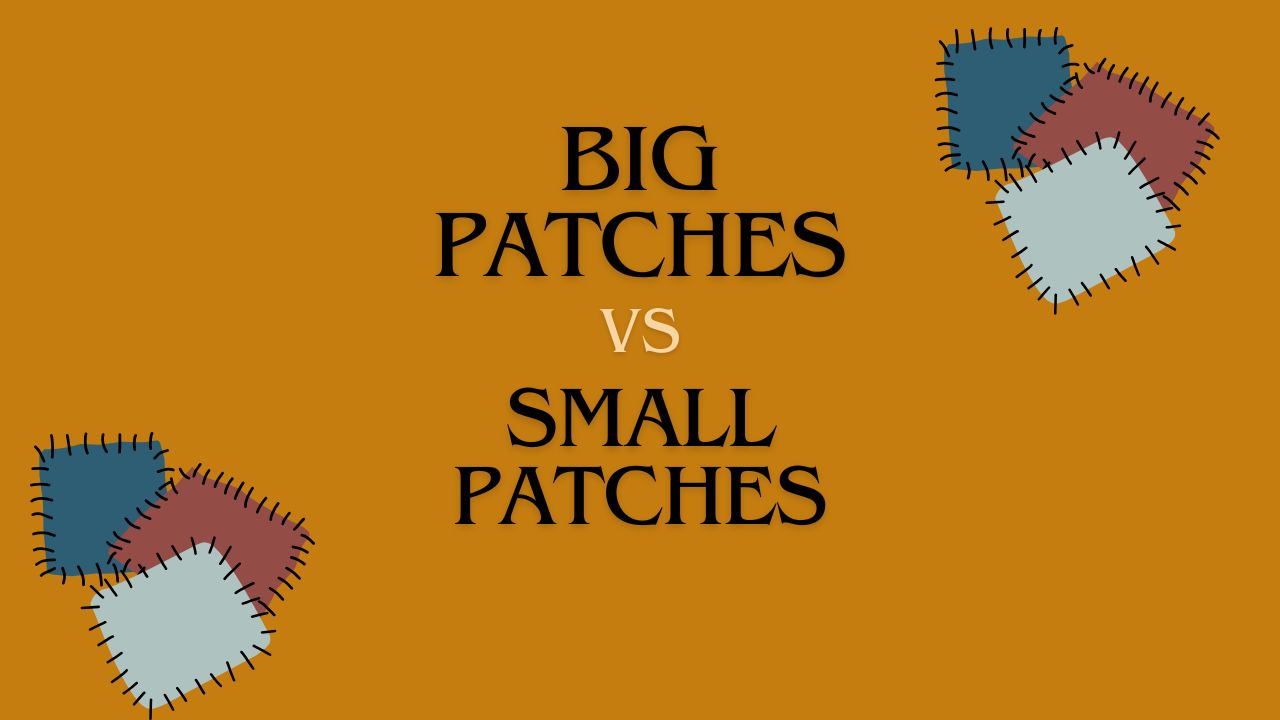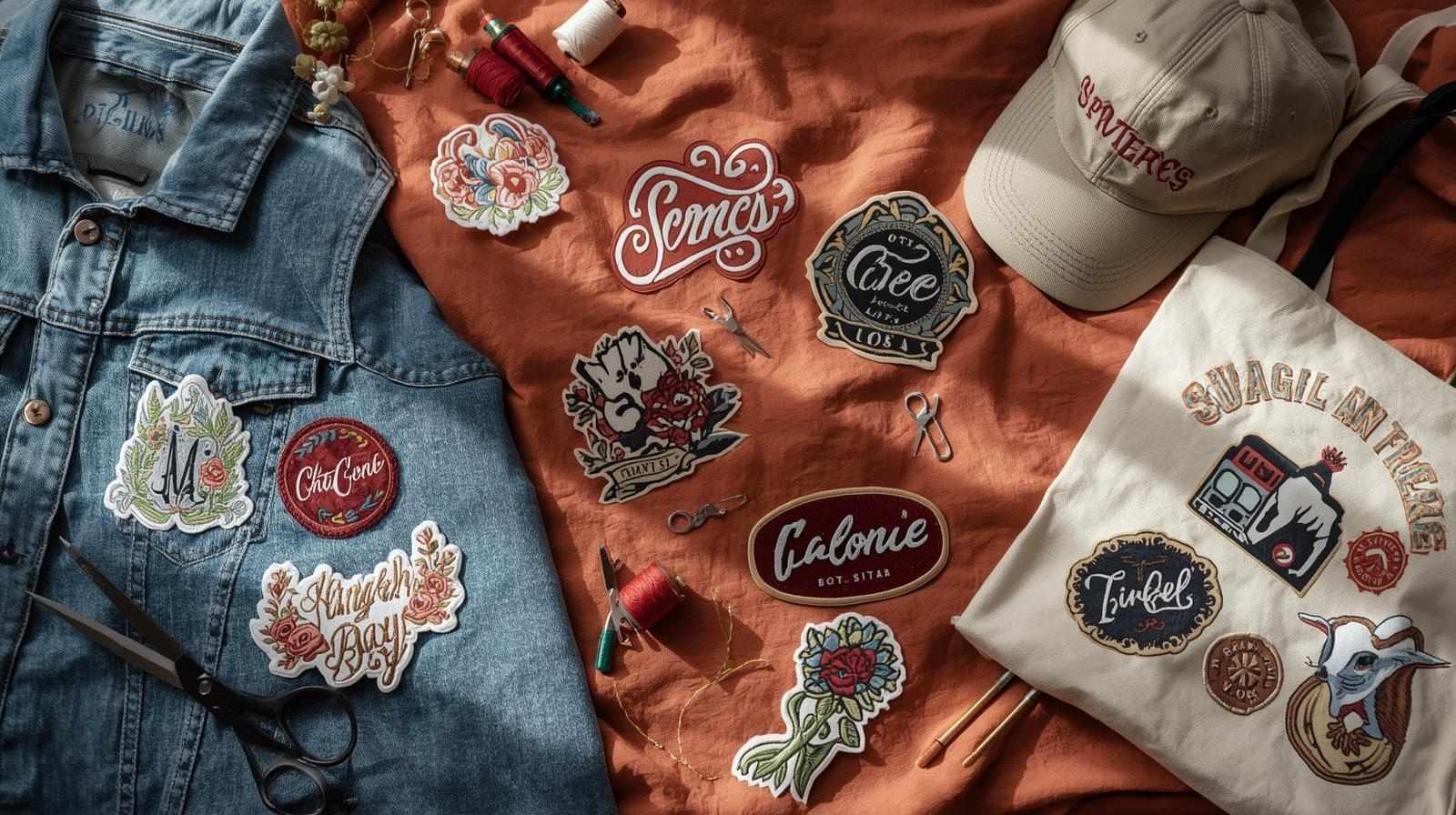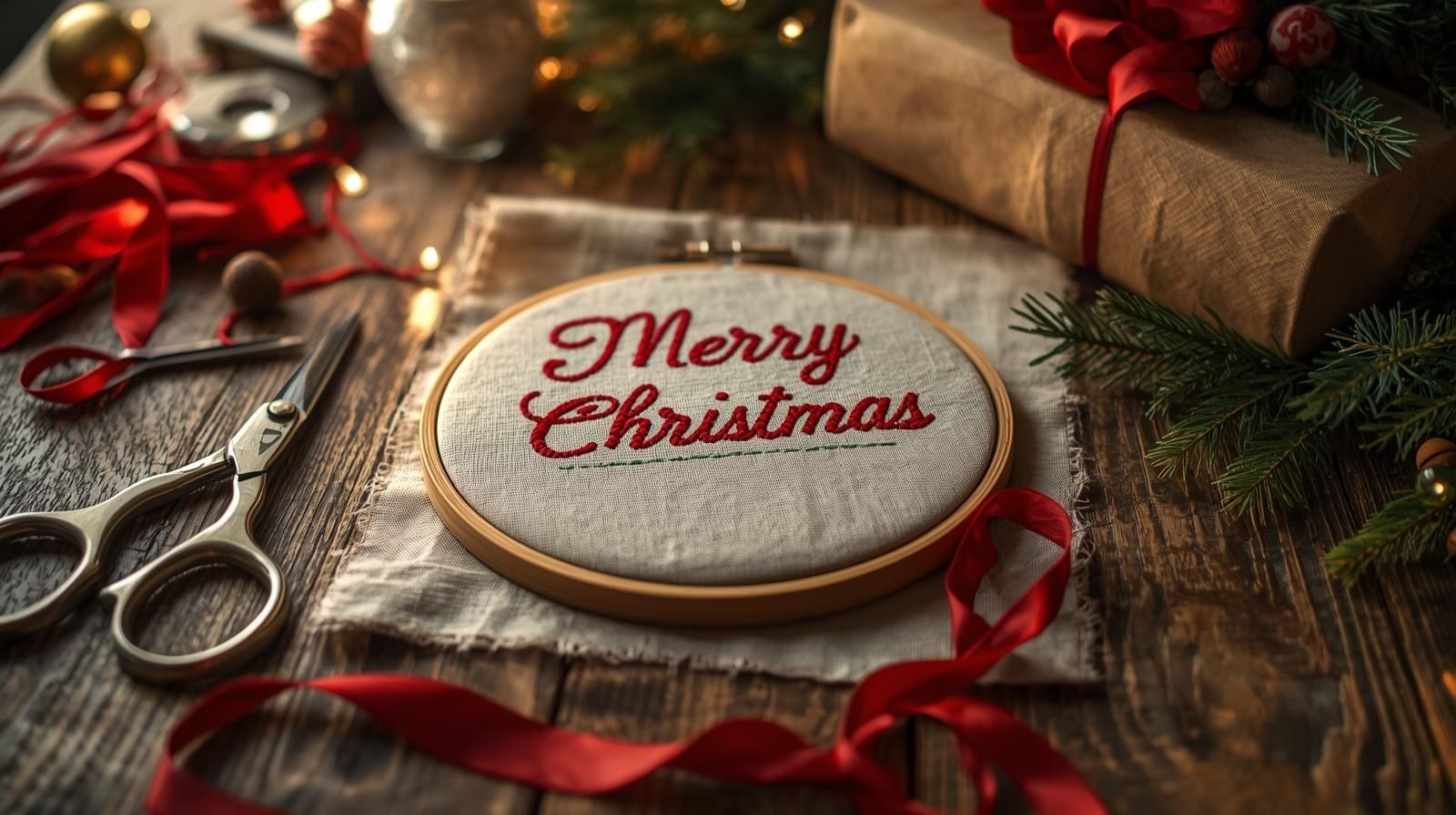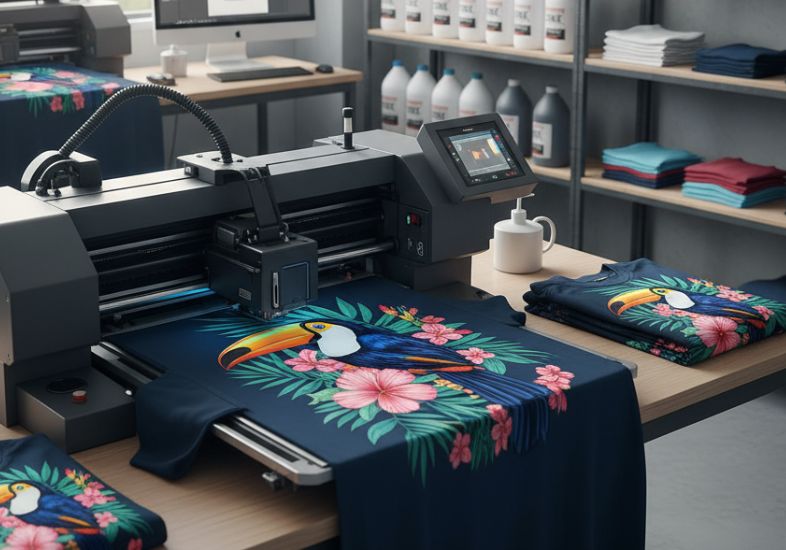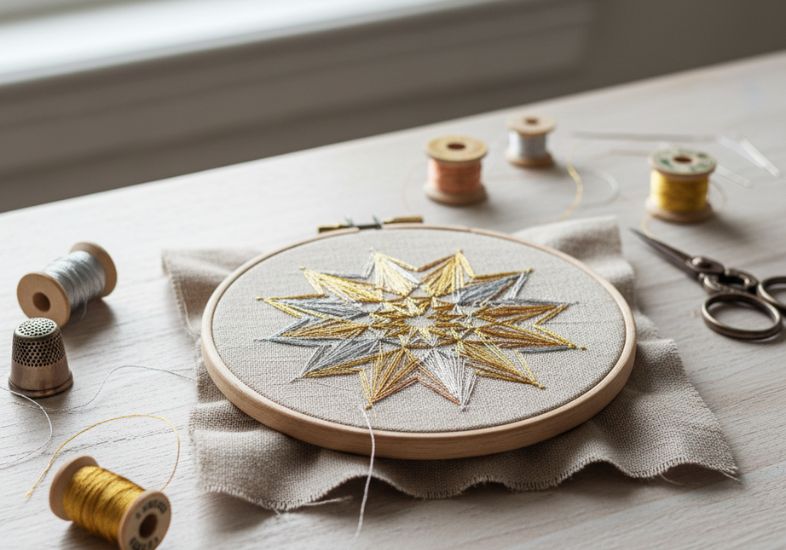Big patches stand out more than small ones, making designs easier to see from a distance. They allow for more detailed artwork and bold colors, making a stronger impact. Whether on jackets, uniforms, or bags, big patches help brands, teams, and individuals express their identity more clearly.
They also provide better durability since they cover more surface area, making them less likely to peel or fray over time. Additionally, big patches make a statement, turning ordinary clothing and accessories into eye-catching pieces.
Big Patches vs. Small Patches: Which One is Better and Why?
Big patches stand out more and allow for detailed designs, making them great for branding or bold statements. They are easier to notice from a distance and can showcase intricate artwork better than small patches. Whether for fashion, business, or team uniforms, patch design creates a stronger visual impact.
Better Visibility and Impact
Big patches stand out more, making them easier to notice from a distance. Whether on a jacket, backpack, or uniform, they grab attention and help showcase a design or message clearly. This is especially useful for branding, teams, or personal style statements.
Smaller patches, on the other hand, can go unnoticed or require closer inspection. A big patch ensures your logo, artwork, or statement remains visible even in a crowded space. It helps create a strong impression, making it the better choice for those who want their design to be seen easily.
More Room for Detailed Designs
Larger patches allow for intricate designs, finer details, and clear text. When working with small patches, fine lines and small letters can become blurry or hard to read. A big patch offers the space needed to maintain sharpness and clarity in the artwork.
This makes big patches ideal for detailed embroidery, complex logos, and multi-color patterns. Whether for fashion, branding, or personal expression, a larger canvas allows for creativity without compromising the quality of the design.
Stronger Attachment and Durability
A big patch has more surface area for stitching or adhesive, ensuring it stays secure over time. Small patches may peel off or become loose more easily, especially with frequent washing or movement. A properly attached large patch remains intact for longer, reducing the need for repairs.
Additionally, larger patches distribute wear and tear more evenly across the fabric. This prevents weak spots from forming and ensures the patch holds up against regular use, making it a reliable option for long-term wear.
Ideal for Branding and Logos
For businesses and organizations, big patches are a great way to showcase logos and brand messages. Whether on uniforms, promotional apparel, or merchandise, they help brands stand out and make a strong visual impact.
A small patch may not be as effective in displaying a brand name or slogan. Bigger patches provide enough space to feature company details, symbols, or slogans in a way that is easy to recognize and remember.
More Customization Options
Larger patches offer more room for creative expression, whether for embroidery, printing, or other customization techniques. You can include intricate details, shading effects, or even mix materials for a unique look.
With a small patch, design options are limited since there isn’t much space for complex elements. A big patch allows for bold graphics, artistic flourishes, and text that is clear and readable from a distance.
Cost vs. Value Comparison
While bigger patches may cost more upfront, they provide better long-term value. A well-made large patch can last longer and offer more durability than a smaller one that might need frequent replacements.
Additionally, bigger patches eliminate the need for multiple small patches, reducing overall costs. Instead of buying several small patches to create a noticeable design, a single large one can achieve the same effect more efficiently.
Best Fabrics for Big Patches
Some fabrics work better for large patches than others. Materials like denim, leather, and heavy cotton provide strong surfaces that can support a big patch without sagging or tearing.
Lighter fabrics may not hold large patches well, as they can wrinkle or stretch. Choosing the right fabric ensures that the patch stays in place and maintains its shape, keeping the design looking good for longer.
Conclusion
Big patches offer better visibility, detailed designs, and stronger attachment than small patches. They help with branding, fashion, and personal expression while adding durability to garments. Whether for businesses, teams, or personal style, they make a lasting impression.
FAQs
1. Do big patches last longer than small ones?
A: Big patches are often more durable because they have a larger surface area for secure stitching. They are less likely to peel or come off compared to small patches. Proper stitching and high-quality backing improve their longevity.
2. Are big patches harder to apply than small ones?
A: Big patches may take more time to apply, but they provide better coverage and grip on fabric. Iron-on and sew-on methods ensure they stay in place. With the right technique, they are easy to attach.
3. Do big patches cost more than small ones?
A: Big patches usually cost more because they use more materials and require detailed embroidery. However, they add more value by making designs look more professional and eye-catching. Many businesses prefer them for branding.
4. Can big patches work on all types of fabric?
A: Big patches work best on sturdy fabrics like denim, leather, and heavy cotton. Thin fabrics may struggle to hold them properly. Choosing the right backing helps them stay in place on different materials.

